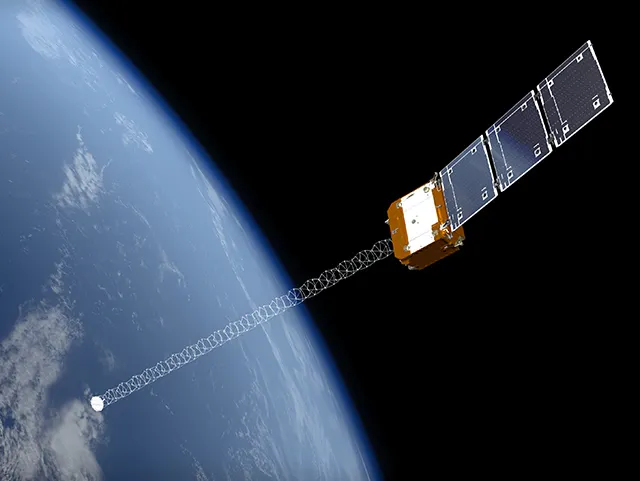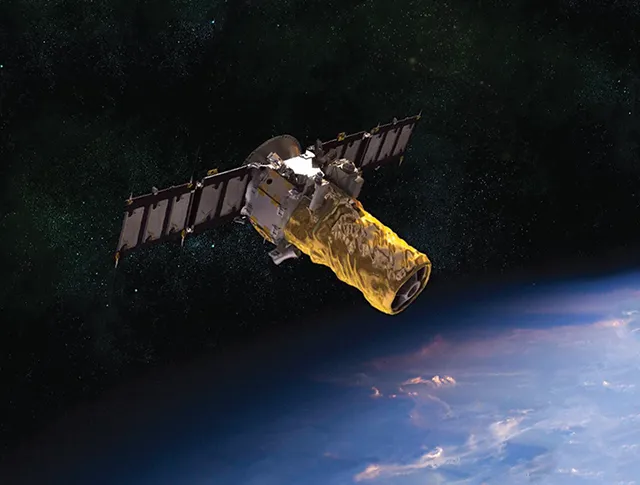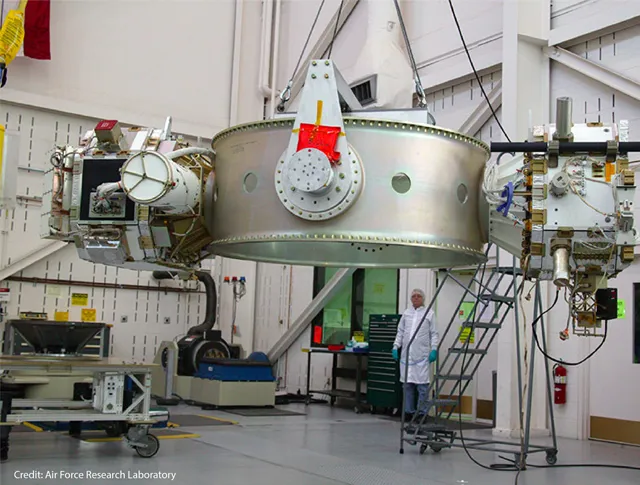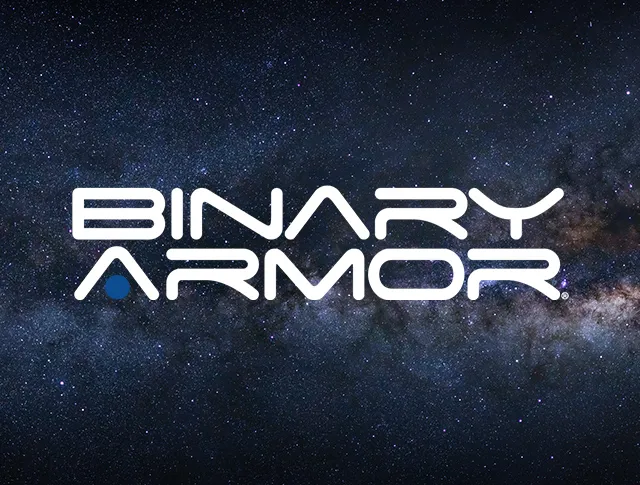Features & Benefits
Flexible LRU mentality reduces schedule & cost
Modular, tailorable solutions for any mission
Hosted payloads & rideshare opportunities
Disaggregated, mission-effective & affordable solutions
Flexible LRU mentality reduces schedule & cost
Modular, tailorable solutions for any mission
Hosted payloads & rideshare opportunities
Disaggregated, mission-effective & affordable solutions

SNC provides our customers with a highly capable, flight-proven, low-cost 150-kg-class satellite tailorable for a variety of missions. The SN-100 bus is used for the 18 ORBCOMM Generation 2 spacecraft. The SN-100 design enables large-scale production and increased flexibility for missions with payloads up to 150 kg.
SNC’s flight-proven SN-200 class bus presents an ideal solution for missions at GEO and beyond. The SN-200 offers High Delta-V configurations for demanding propulsion missions and supports payloads up to 500Kg with a five- to seven-year mission life with EOM disposal. Its Payload Interface Box provides a standards-based, open architecture capability that facilitates built-in modularity for adding additional payloads with minimum effort. Multiple redundancy options support longer missions at GEO. Our SN-200 bus was flight proven on the successful Air Force Research Laboratory’s (AFRL) TacSat-2 satellite and is the basis for AFRL’s Demonstration and Science Experiment (DSX).


The SN-1000 class spacecraft includes Integration Standardization Support for maximum flexibility for late-manifest and port-allocation decisions as well as advanced rideshare capabilities on future LDPE flights. Simplified payload integration, extended mission life and additional integrated payload capability allow new LDPE missions such as on-orbit test range activities, while preserving the baseline six-port rideshare mission. Expanded core capabilities provide improved propulsion Delta-V and provide a new re-docking capability.
The SN-1000’s design includes command, telemetry and power services to all six payload ports. AFRL’s DSX was hosted on the SN-1000 class bus, which launched in 2019 and performed successfully for two years in MEO. The SN-1000-based DSX spacecraft is the largest unmanned, self-supporting structure ever put into orbit – larger than the size of a football field when fully deployed.
The United States, along with our partners around the globe, critically depend on space infrastructure for rapid communications and transfer of information, surveillance, navigation, timing, warning, weather and many other applications to support our diplomacy, information, military and economy. Adversaries are attempting to exploit our vulnerabilities, and our space mission systems are now targeted by both external threats and potential insider threats. SNC’s Binary Armor® cybersecurity tools protect space mission systems from all cyber threats with:

-
Full-spectrum solutions designed to empower secure, joint communication across all domains.
Learn MoreSwift, flexible and comprehensive C5ISR solutions designed to solve the most difficult operational challenges.
Learn More